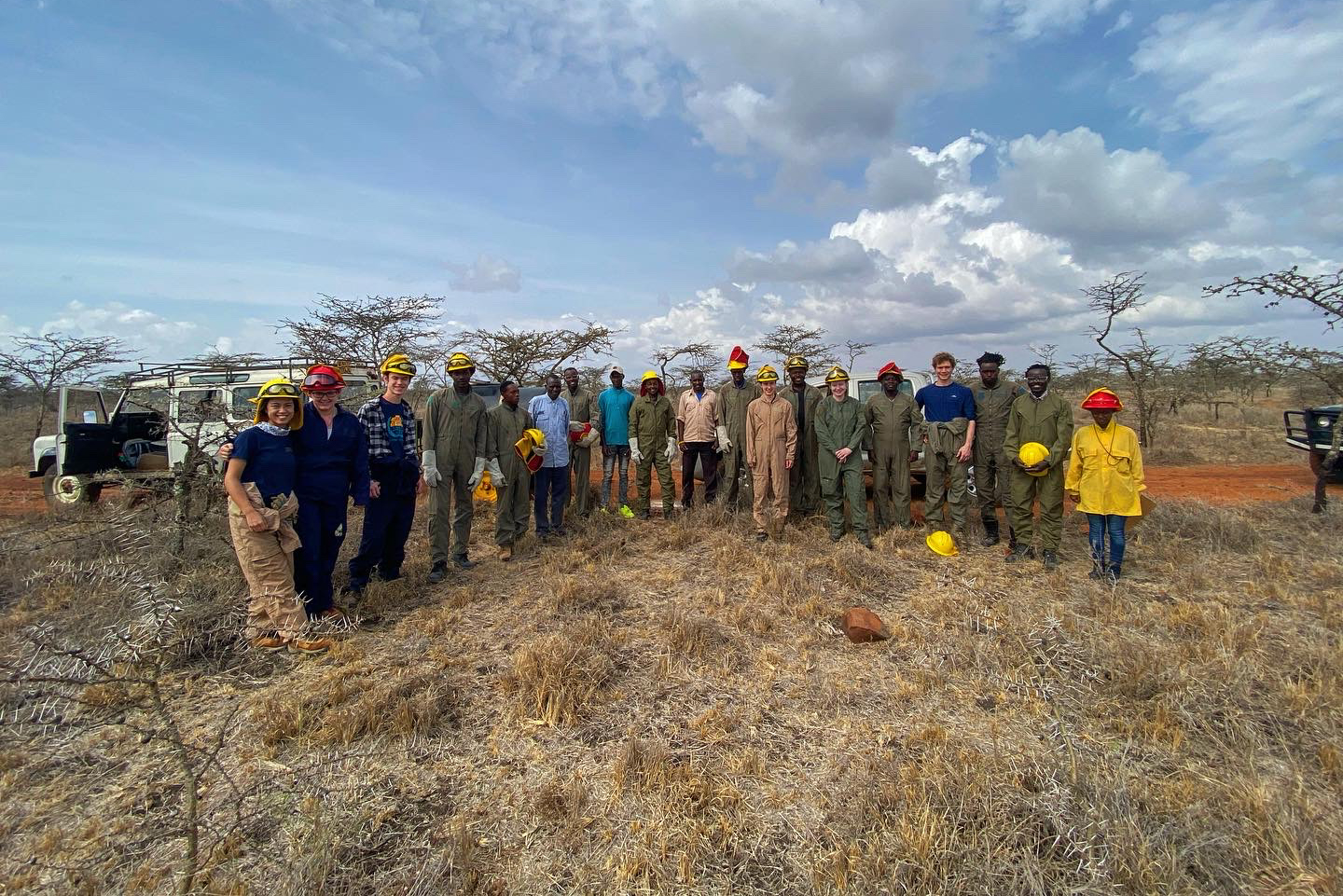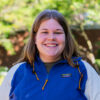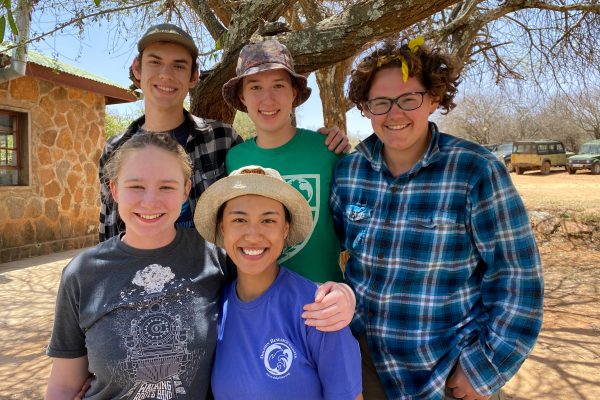It’s important to watch the weather when burning a Kenyan savanna. A strong wind can blow the flames out of control and a rainstorm can dampen your plans, literally.
For the five biology students who traveled to Kenya over spring break to help with a study on the effects of fire and grazing on a Kenyan savanna, the weather was one of many details to pay attention to.Ryan Sensenig, professor of biology at GC, supervised the group as they performed prescribed burns on carefully measured plots of grassland.
“There were 36 plots in the savanna that were each 30×30 meters,” said Amelia Witmer-Rich, a first-year molecular biology and biochemistry major. “We would burn them as a part of Ryan’s research.”
While doing the burning, the students recorded data on ants evacuating from acacia trees in response to smoke in the area, swallows being drawn towards the smoke to seek out evacuating insects and the patchiness of the burns.
The group left for Kenya on Feb. 18 and returned two weeks later. The goal of the trip was to work on research with the Kenya Long-term Exposure Experiment (KLEE) and “examine the effect of fire and grazing on soil carbon,” Sensenig said. “We hope to better understand how to manage grasslands in a way that can help sequester carbon.”
The participants — Annalise Nisly, Alex Neufeld, Mira Yoder, Willow Kenneda and Witmer-Rich — are all students in the biology department and applied for the trip last fall. Their expenses were covered by a grant.
The group stayed at the Mpala Research Centre, where they helped manage burns of the grasslands in the area. Groups like the one from GC help with these burns every year at the end of the dry season, when burning will not be too fatal to the ecosystem.
In Kenya, the dry season ends towards the beginning of March. “Our trip was timed with this in mind so we could add a burn treatment to a set of exclosures run by colleagues from UC Davis, Utah State and Karatina University,” Sensenig explained.
At the beginning of the trip, some weather forced the group to rethink their plans. “We expected there would be days we wouldn’t be able to burn, and after a night of rain, we had to hold off burning for a couple hours the next morning so that the ground wouldn’t be moist,” said Witmer-Rich.
“We ended up doing about five days of burning which ended up being a quicker timeline than we anticipated going in, and we had this knowledge that the rains could come at any point, but they didn’t end up staying around during the two weeks we were there…We tried to cram in as much as possible,” Witmer-Rich added.
The research that happened in Kenya is not isolated to just Kenya. “We have additional replicates of this experiment at Merry Lea, and also Bluestem Farm in Goshen,” said Sensenig. All of the data that is collected at each burn site helps to try and learn more about the sequestration of carbon and soil carbon.
“Our burns were successful and we also connected with researchers from other universities who collaborated with our team to collect data in the burn sites for questions of their interest,” Sensenig said.
Other than the research, the group got to enjoy the area. “We went on a lot of game drives at night to see all the animals that lived in the area,” Witmer-Rich said. “We saw a huge variety of animals that I had never seen, and it was so interesting.”
Witmer-Rich concluded, “Overall, I’m glad I got to go on the trip, because I was able to learn a lot, and it was so cool to be in a space that was dedicated to doing research.”





